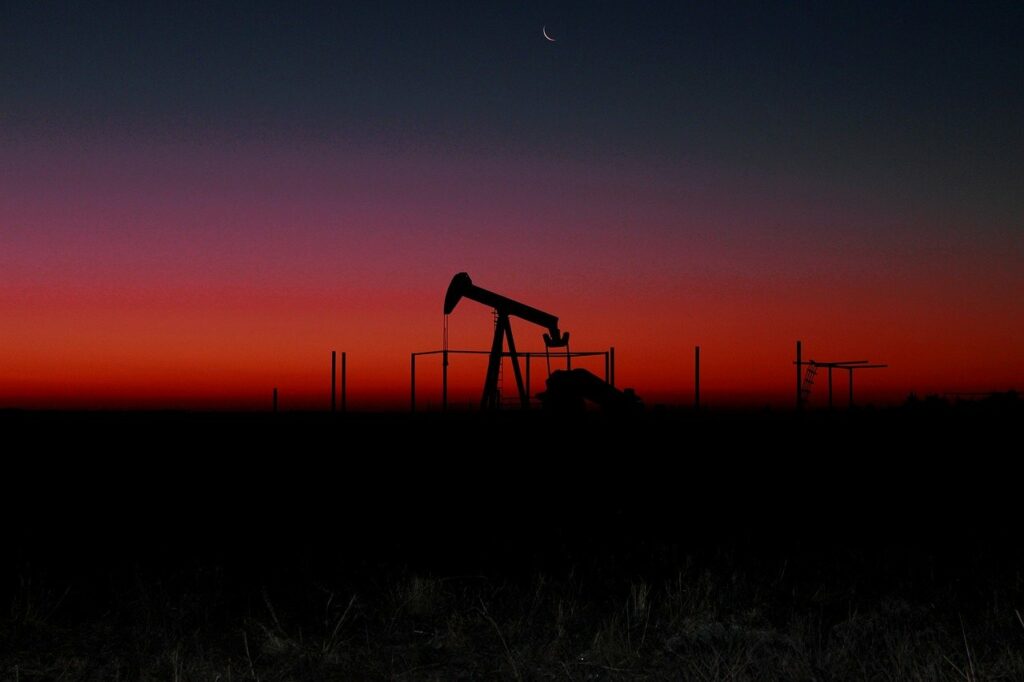As families around the world cope with a decade-high surge in food prices, families in North America are bracing for a jolt at the gas pump.
The U.S. has seen an 8th straight week of rising gas prices as crude oil climbed to its highest level since 2018. And in Canada, even as crude oil exports have increased 15-fold over the last 30 years, industry insiders are projecting a financial hit this summer for families wanting to fill up at the station. And some are saying much of that can be laid at the feet of US President Joe Biden who, in January, ended years of back-and-forth by revoking the permit on Keystone XL: an oil pipeline system that would run from the Alberta oil sands to refineries as far as Texas, and a pipeline distribution centre in Oklahoma. The project, which was officially cancelled last Wednesday, was projected to move close to 900,000 barrels a day.
On Monday, American crude prices jumped to $71.50 a barrel; it’s highest mark since October 2018 and $23 a barrel more expensive than it was in January when Biden took office. As large swaths of regions in the United States open back up after months of COVID-19 restrictions and lockdowns, oil prices and demand have risen in conjunction with increased air and auto travel that comes with businesses reopening.
That has also translated to a 98 cents increase at the pump, compared to a year ago. The national average price rose Monday to $3.07 a gallon. Even as oil production is projected to climb in the coming months, Patrick De Haan doesn’t see prices coming down anytime soon. Said the Head of Petroleum Analysis at fuel-tracking site GasBuddy, “With most additional supply being gobbled up very quickly, gas prices will likely stay at elevated levels for the foreseeable future.”
Dan McTeague, president of Canadians for Affordable Energy, is also forecasting some lean times for families hoping to get out of the house. But while Canadians could be looking at a 10-cent-per-litre jump in prices in the coming weeks, McTeague is also concerned about the longer term effects this might have on the economy and families.
McTeague believes continued efforts to move away from fossil fuels will make life much harder in Canada.
Said McTeague, “There are no technologies that can readily displace or replace (oil and gas). Most Canadians who understand energy and use energy — whether it’s our agricultural sector, whether it’s our mining sector, whether it’s our factories — all know the significance and importance that running our daily lives requires some degree of hydrocarbons.”
McTeague could be painting a more dire picture in Canada, and understandably so; the draconian lockdowns and restrictions north of the 49th has made the country one of the world’s worst according to a new “misery index”.
South of the border, some are still holding out hope for a better summer vacation season. While the American Automobile Association reports motorists are paying, on average, 37% more to fill up compared to the start of the year, AAA spokesperson Jeanette McGee says, the coming weeks will be a factor. “Prices for the rest of the month are likely to push more expensive, but if crude production increases, as forecasted, there is the possibility of seeing some relief at the pump later this summer,” McGee said.
